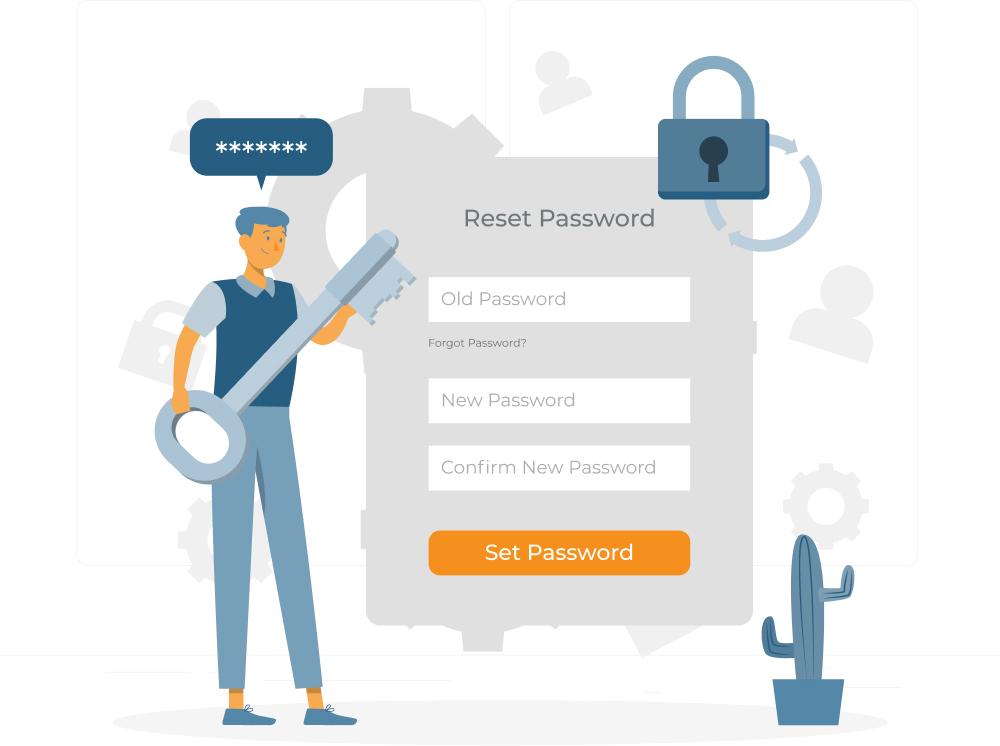Many may feel the constant societal pressure to constantly achieve more, faster, leaving many of us with the feeling of running on a never-ending treadmill. We say ‘yes’ to every project, and take on every extra task – sometimes out of fear of seeming mediocre, or “lacking initiative” if we choose to say ‘no’. This attempt to be all things to everyone ultimately leads to burnout and sinking productivity. It sounds counterintuitive, but the secret to getting more done (and done well) might be the tiny, two-letter word, “no”. Learning to use it strategically unlocks the power of prioritisation, fuelling sustainable, long-term productivity.
Why Prioritisation is Necessary
When we spread ourselves too thin, tasks slip through the cracks. Giving everything our full attention is impossible, and the quality of our output suffers. Brains are not programmed to multitask, not really! Prioritising means taking stock of your tasks and goals. It means identifying what matters most and dedicating your focus to those things. This leads to work that is both efficient and impactful.
Learning to say ‘no’ is also an act of self-preservation. In the long run, pushing ourselves past our limits depletes our energy and motivation. Protecting our time and well-being ensures we can continue to do our best work for the long haul.
Tips for Prioritising Effectively
1. Know Your Goals: Clearly define your personal life and career goals. Whenever a request lands on your plate, ask yourself “Does this align with what I’m working towards?” Your goals are your compass.
2. The Eisenhower Matrix: This simple tool categorises tasks as urgent/not urgent and important/not important. Tasks that are “urgent and important” get priority. “Important but not urgent” tasks get scheduled. “Urgent but not important” tasks can be delegated. If it’s neither important nor urgent, it might be a candidate for a well-deserved “no”.
3. Batch and Delegate: Look for tasks you can batch together for efficiency. Can anything be delegated to others who might have more time or specialised skills?
4. Communicate Clearly (and Kindly): A simple, polite ‘no’ is better than a stressed-out ‘yes’. If possible, suggest alternative solutions (“I can’t take this on, but could I help in another way?” or “Perhaps [colleague’s name] would be a good fit for this”).
5. Don’t Apologise (too much): Saying ‘no’ isn’t rude, it’s smart. You’re valuing your own time and well-being, and that deserves respect.
Finding Freedom in Focus
Saying ‘no’ can feel difficult at first. But with practice, it becomes a powerful tool. Once you master the art of prioritisation, you’ll feel more in control, less overwhelmed, and the quality of your work will shine. After all, true productivity isn’t measured in hours spent at the desk, but in the value of what is achieved.
Share this article with a friend or colleague.


